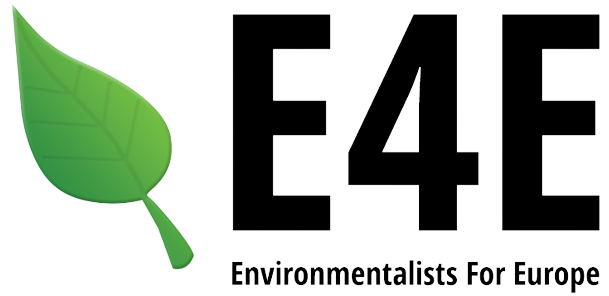Can language affect cultural identity?
Can language affect cultural identity?
As a means of communicating values, beliefs and customs, it has an important social function and fosters feelings of group identity and solidarity. It is the means by which culture and its traditions and shared values may be conveyed and preserved. Language is fundamental to cultural identity.
How does language bring us together?
Studies have also indicated that children who have acquired a second language obtain better marks overall. “Language is the glue that brings us together; that makes us experience something meaningful to all of us,” said Perley who has taught courses related to Linguistic Anthropology.
Does language shape our perception of others?
The idea that language can shape perception and thought — a hypothesis formally known as “linguistic relativity” — harkens back to the 1930s. This hypothesis asserts that language doesn’t just express ideas, it actively shapes them, determining how we understand the world around us.
Does language influence behavior?
Scientists and linguists have conducted various studies and researches on how language shapes the way people think and behave. Language is part of culture and culture has an effect on the way a person thinks, which initiates behaviors. He asked if a person’s ability to save is affected by his language.
Does language shape culture?
But according to research cited in a Wall Street Journal story by Lera Boroditsky, evidence is building to show that people’s thoughts and cultures are, in fact, conditioned by whether they speak Thai, Irish Gaelic, or Globish. …
How does language define us?
Language does not define identity, but it can help us express our identity or our perceived identity. People often use words or features of a dialect to express or convey an image or identity with which they want to affiliate, or to affiliate with ingroups, social networks, or even cultural competency.
What are the basic elements of any language?
Key Points The five main components of language are phonemes, morphemes, lexemes, syntax, and context. Along with grammar, semantics, and pragmatics, these components work together to create meaningful communication among individuals.
